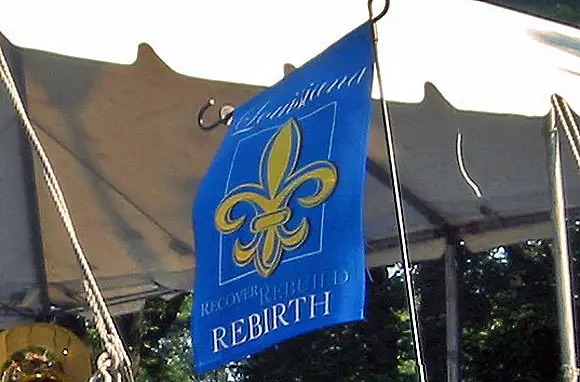
In the five years since Katrina hit, on August 29, 2005, New Orleans has experienced its share of woes, but not without major triumphs. Despite the effects of the hurricane itself, a damaged reputation, and problems associated with the recent BP oil spill, the Big Easy has shown resilience as well as a desire to become better than ever. Now, as the city commemorates the five-year anniversary of the catastrophic storm, here’s a look back to 10 major milestones in its recovery and rebirth as a major U.S. tourism destination.
Image Gallery
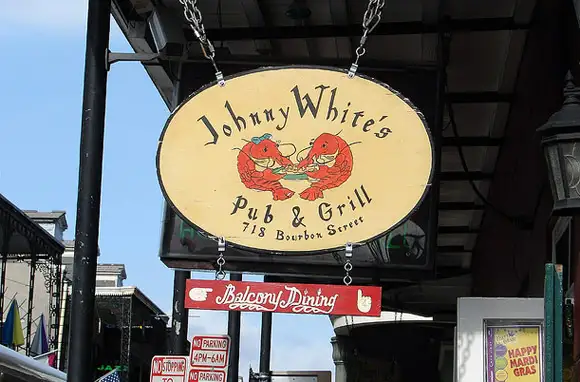
Johnny White's and the French Quarter
Almost two decades ago, Johnny White's Sports Bar opened, and since then, it has "never closed." Not during the pounding winds of Hurricane Katrina. Not during the looting. And not during the floods and aftermath. Instead, this local hangout on Bourbon Street in the heart of New Orleans' famed French Quarter kept the city's torch lit, even during its darkest moment. According to the bar's website, "Johnny White's gave locals, police, and news crews a place to escape to for a tiny bit of 'normality.'" Thankfully, the tourism-centric French Quarter was built on high ground and was generally spared from the floods. Mayor Ray Nagin officially reopened the area on September 26, 2005, to business owners for clean up. Within weeks, many more establishments were up and running.

Johnny White's and the French Quarter
Almost two decades ago, Johnny White's Sports Bar opened, and since then, it has "never closed." Not during the pounding winds of Hurricane Katrina. Not during the looting. And not during the floods and aftermath. Instead, this local hangout on Bourbon Street in the heart of New Orleans' famed French Quarter kept the city's torch lit, even during its darkest moment. According to the bar's website, "Johnny White's gave locals, police, and news crews a place to escape to for a tiny bit of 'normality.'" Thankfully, the tourism-centric French Quarter was built on high ground and was generally spared from the floods. Mayor Ray Nagin officially reopened the area on September 26, 2005, to business owners for clean up. Within weeks, many more establishments were up and running.
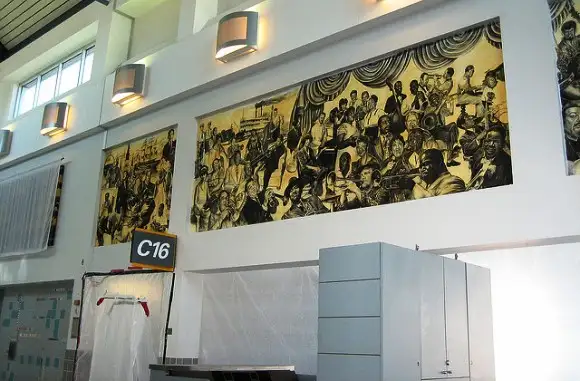
Louis Armstrong International Airport
Located in Kenner, Louis Armstrong International Airport avoided major hurricane-related damage, though it was closed to commercial flights during the storm. Days later, it reopened to military and humanitarian aircraft only. Regular flights were allowed to return on September 13, 2005, but it wasn't all business as usual. As the city rebuilt and tourists started visiting again, airlines slowly added back capacity. As of August 2010, the airport supports 120 daily flights serving 35 cities, compared to 162 daily flights serving 42 cities pre-Katrina. The upward trend continues as more flights enter the market, including new nonstop service between the city and Toronto on Canadian airline WestJet in November of this year. By September 2011, the airport is expected to complete a $400-million improvement project.
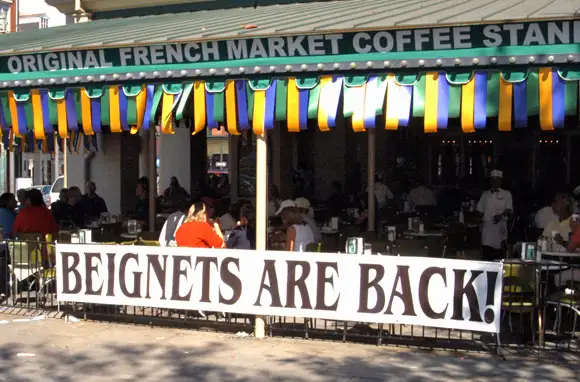
Cafe Du Monde
There's no denying that New Orleans is one of America's biggest food destinations. Certain dishes are synonymous with the city and often bring to mind the very institutions that made them famous—Oysters Rockefeller at Antoine's, Bananas Foster at Brennan's, and beignets and chicory coffee at Café du Monde. And that's why the reopening of this "Original French Market Coffee Stand" on October 19, 2005, created headlines. According to a Louisiana news station, "It was a second line for a second beginning as the laughing and cheering patrons paraded and danced among the crowded tables and the bustling waiters of the fabled coffee shop." Café du Monde's return was an early signifier that New Orleans' food culture would endure. To this day, the city's culinary scene is growing more than ever, from a total of 800 restaurants at the time of the storm to a hefty 1,105 in August 2010.
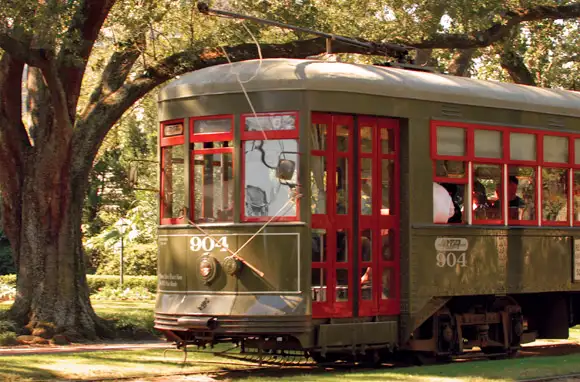
Historic Street Cars
Street cars epitomize the romantic side of New Orleans, and have captured the imagination of artists like Tennessee Williams with his famous play, A Streetcar Named Desire. These historic electric vehicles have also been providing locals and visitors with public transportation since the nineteenth century. But they haven't always rumbled along their tracks. While the St. Charles Avenue line is said to be the oldest continuously operating streetcar line in the world, the other two lines were discontinued in the mid-1900s, only to be reinstated many years later. Then Katrina struck and knocked out all three. By December 18, 2005, both the Canal Street and Riverfront streetcars were back, but the St. Charles Avenue line remained out of commission for another two years, returning fully in June 2008. The future of the streetcar is quite promising, as the Obama administration granted the city $45 million to build a new 1.5 mile line that will start at Union Passenger Terminal and extend down Loyola Avenue.
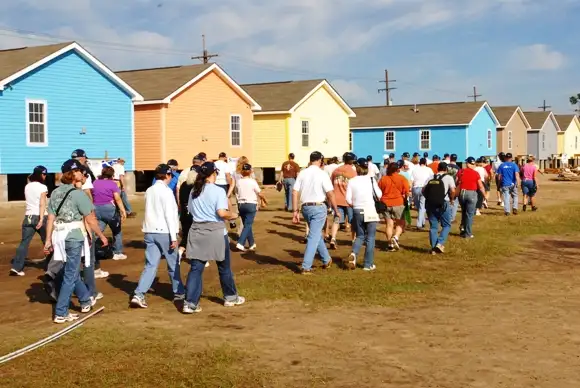
The Musicians' Village And "Voluntourism"
Once the levee system failed, few areas were left as damaged as the Ninth Ward. The storm surge also caused many of the city's prized musicians to flee. To help both return, two jazz notables, Harry Connick, Jr. and Branford Marsalis, conceived the New Orleans Habitat Musicians' Village project to rebuild homes in the area and ensure that music remained an integral part of the city's culture. On January 9, 2006, New Orleans Area Habitat for Humanity purchased land on the site of a former school, and thousands of volunteers helped break ground in March of that same year. Today, 72 single-family shotgun style homes are complete, and the Ellis Marsalis Center for Music is soon to come. While the Musicians' Village is one of the best known post-Katrina community service projects in New Orleans, voluntourism in general became a trend, and many convention-goers and vacationers continue to participate in rebuilding efforts.
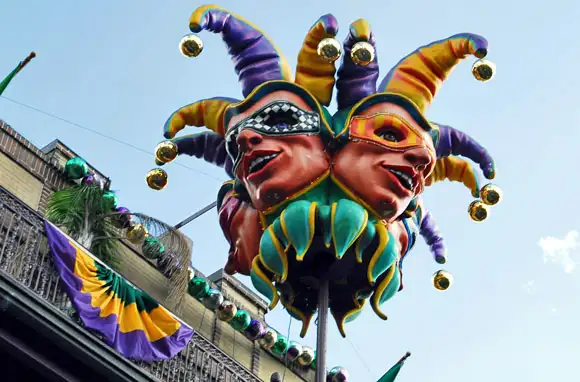
Mardi Gras 2006
New Orleans' Mardi Gras, and its bands of parades, krewes, and balls, reminds revelers to "Let the good times roll." But what to do during bad times was the question on everyone's mind after Katrina. To raise morale and declare the Big Easy "open for business," the City of New Orleans went ahead with the festival in February 2006, welcoming about 700,000 attendees. As reported by CNN at the start of the 2006 festival, Stephen Perry, president of the New Orleans Metropolitan Convention and Visitors Bureau (NOMCVB) said, "For us it will be a little bit smaller than prior years. But the way everybody is looking at it here, it's sort of the community planting the flag in the ground saying 'We're back.'" By 2009, Mardi Gras reached pre-Katrina crowd levels of around one million attendees, and this year, the city saw its largest Mardi Gras in 25 years.
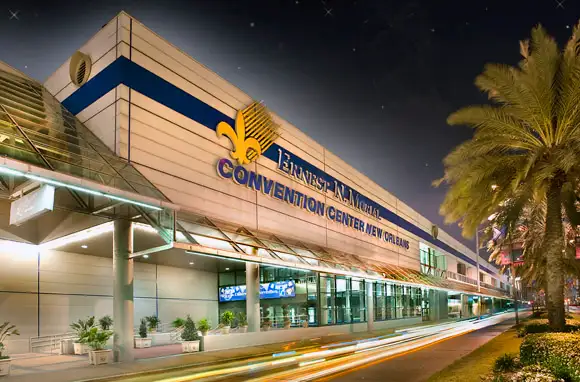
Meetings And Conventions
The Ernest N. Morial Convention Center became a center of controversy, as reported in this Washington Post article, when it turned into an unofficial refuge for evacuees turned away from the Louisiana Superdome. The building itself sustained minor hurricane damage, and partially reopened in February 2006 while undergoing $62 million in renovations. Because conventions mean big tourism dollars, it's no surprise the city was more than happy to see large organizations hold citywide meetings again, the first of which occurred June 22 through 28, 2006, by the American Library Association. With each passing year, the number of conventions inches ever closer to pre-Katrina numbers, with over 800,000 attendees for 2009.
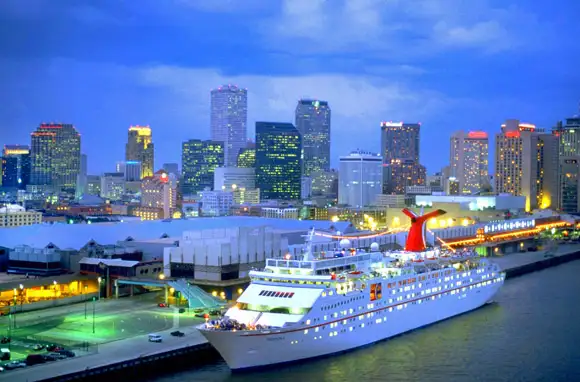
The Port Of New Orleans
Parts of the Port of New Orleans were ravaged by Katrina, and as one of the largest ports in the country, it was important to get it up and running quickly to lessen any negative economic impact. And so the port came back, at least for cargo, on September 13, 2005, much earlier than expected. However, it would take a bit longer for major passenger cruise ships to resume their homeport itineraries. A little over a year later, on October 15, 2006, the Norwegian Sun set sail. According to Carolyn Spencer Brown, editor-in-chief of Cruise Critic, who was at the event, "A lot was still Katrina-damaged, but really, there was great energy and people were happy to see the ship because it did represent a milestone for the city." While cruise lines tested the market over the years, sometimes pulling back out, many have recently recommitted. Just this month, Royal Caribbean announced it will return to New Orleans, after a three-year absence, in November 2011 with its Voyager of the Seas.
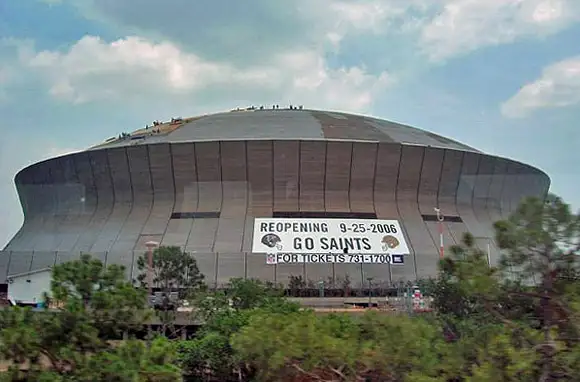
The Louisiana Superdome and New Orleans Saints
During the hurricane and the days following, the Louisiana Superdome, home to the New Orleans Saints and Tulane University football teams, sheltered 30,000 evacuees. What became known as "a refuge of last resort" quickly deteriorated as flood waters rose and people were left stranded in deplorable conditions. Thirteen months and $168 million in renovations later, this tattered city icon came back to life when it reopened on September 25, 2006, for the Saints' first home game since the storm. The Saints beat the Atlanta Falcons on that Monday night, but perhaps the team's crowning achievement was winning Super Bowl XLIV on February 7, 2010. While that game was not held on home turf, the stadium will host Super Bowl XLVII in 2013, bringing droves of tourists to the city. More immediately, fans will be able to enjoy the new Champions Square venue, which is set to open on September 9, 2010, just in time for this season's home opener.
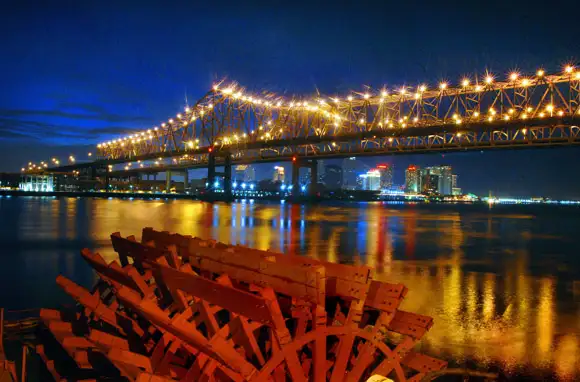
The Future Of Tourism In New Orleans
Rebuilding an entire city certainly can't happen overnight, or even in five years, and so it's not surprising that New Orleans still has a ways to go. But what's on the horizon? Many are looking ahead to the city's 300th anniversary in 2018. In fact, just this year, the City of New Orleans announced its "Strategic Master Plan for the Tourism Industry." Stephen Perry of NOMCVB says that the plan is "all about making New Orleans the most attractive destination in the nation for leisure trips, meetings, conventions, festivals, and special events." While specifics have yet to be announced, tourists can expect improvements in transportation and infrastructure, green initiatives, and historic preservation. And it would be a huge shock if the city didn't host a celebration of major Mardi Gras proportions in 2018. After all, it is New Orleans, so Laissez le bon temps rouler!
Your Turn
What symbolizes New Orleans' rebirth as a travel destination to you? Have you been there since Katrina or are you planning a trip in the near future? Tell us about it in the comments section below.
We hand-pick everything we recommend and select items through testing and reviews. Some products are sent to us free of charge with no incentive to offer a favorable review. We offer our unbiased opinions and do not accept compensation to review products. All items are in stock and prices are accurate at the time of publication. If you buy something through our links, we may earn a commission.
Top Fares From
Today's Top Travel Deals
Brought to you by ShermansTravel
Shop and Save with Country Inns...
Patricia Magaña
 Hotel & Lodging Deals
Hotel & Lodging Deals
$229 -- Chicago: Discounted Rates and...
Francesca Miele
 Hotel & Lodging Deals
$229+
Hotel & Lodging Deals
$229+
$188 -- Honolulu: Save on Oceanview...
Abigail Lamay
 Hotel & Lodging Deals
$188+
Hotel & Lodging Deals
$188+



